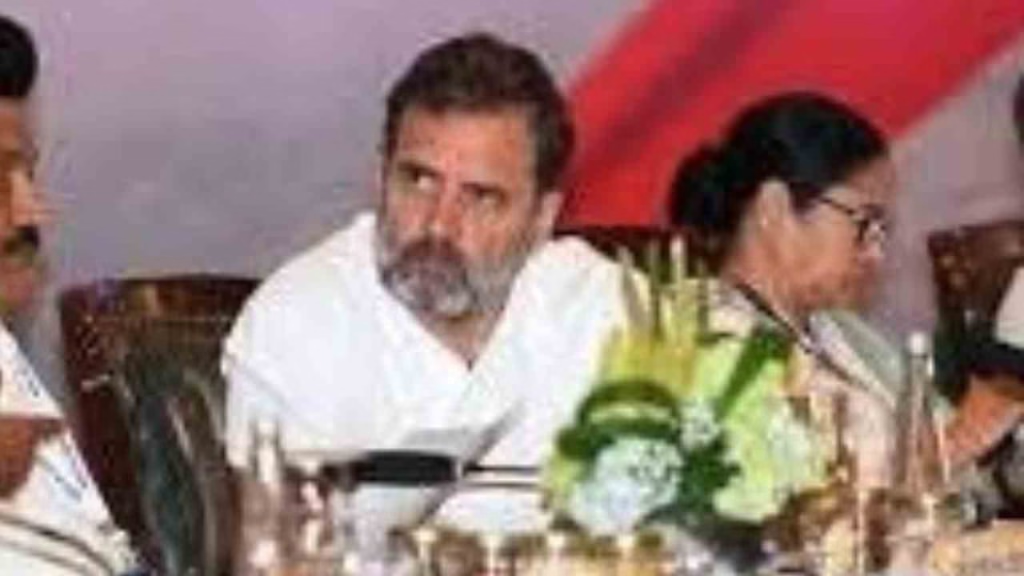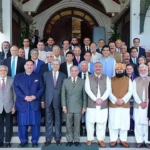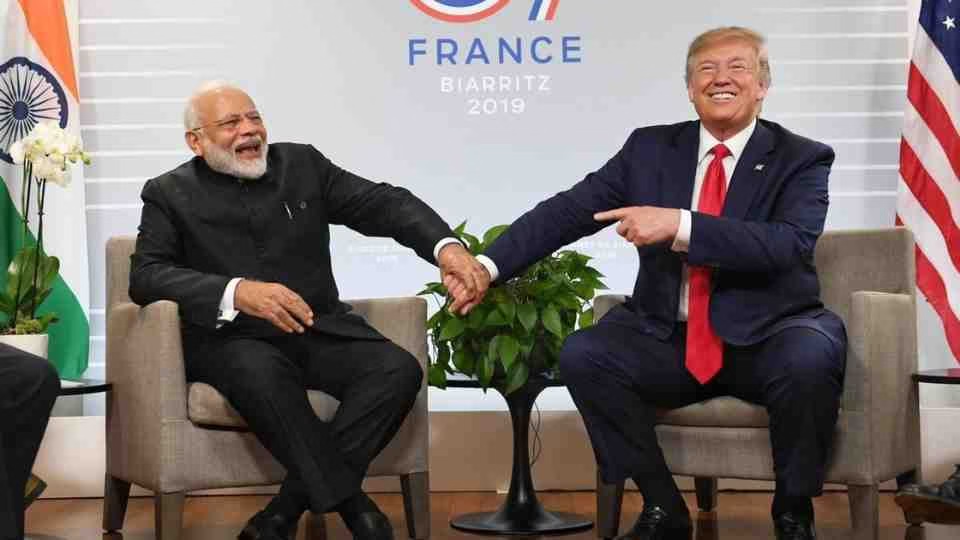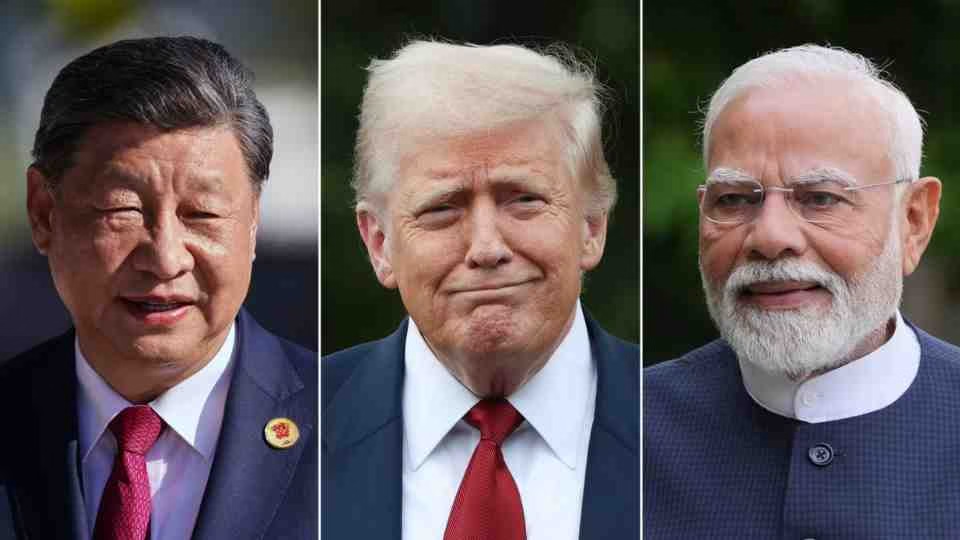The anti-BJP opposition in India is navigating a delicate balancing act, strategically shifting its public identity from the “INDIA bloc” to the broader “joint opposition” in an effort to bring estranged allies back into the fold. This subtle but significant change reflects the complex dynamics within opposition ranks as they seek unity on national issues while managing state-level rivalries.
The Nomenclature Strategy
The recent Monsoon Session of Parliament witnessed a carefully orchestrated rebranding effort. Opposition leaders deliberately began referring to former Supreme Court judge B. Sudershan Reddy as the “joint opposition” candidate for Vice President rather than the INDIA bloc nominee. This wasn’t accidental—it was a calculated move to create space for parties like the Aam Aadmi Party (AAP) and Trinamool Congress (TMC) that have distanced themselves from the formal alliance structure.
As one senior opposition MP revealed, the conscious use of “Opposition” terminology was designed to “draw parties in that are not part of the INDIA bloc.” The strategy appears to be working, with AAP supporting Justice Reddy’s candidacy despite AAP convenor Arvind Kejriwal’s earlier declaration that his party was no longer part of the INDIA bloc.
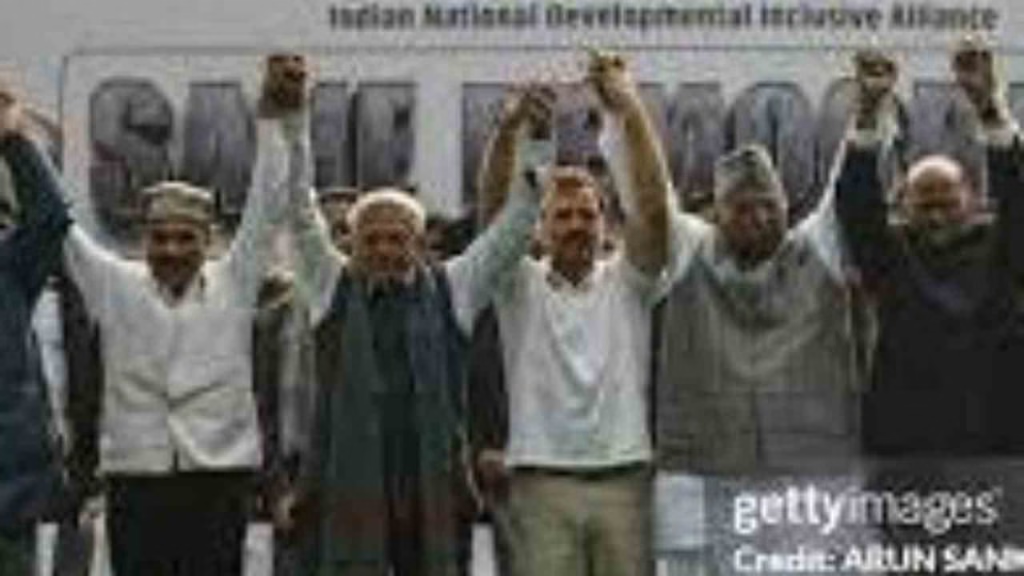
Fragile Alliances and Practical Politics
The opposition’s unity challenges stem from competing interests at different levels of governance. While parties like AAP and TMC are willing to cooperate on national issues such as electoral integrity and constitutional positions, they remain fierce competitors with Congress in their respective states. AAP couldn’t reach seat-sharing agreements with Congress for the Haryana and Delhi assembly elections, while TMC and Congress continue their adversarial relationship in West Bengal.
This tension was evident when Congress president Mallikarjun Kharge announced Justice Reddy’s candidacy, emphasizing unanimous opposition support as “a big achievement for democracy.” TMC’s Derek O’Brien had to specifically clarify that AAP, though absent from the announcement event, was indeed supporting the candidate—a detail that underscored the fragmented nature of opposition coordination.

The Vote Theft Campaign
The opposition found common ground during the Monsoon Session around what they termed “vote chori” (vote theft), focusing public attention on allegations of electoral manipulation rather than the more complex issue of Special Intensive Revision (SIR) of electoral rolls in Bihar. This messaging strategy proved effective, with TMC leaders noting that while SIR was “a complex issue, vote chori people could understand.”
The campaign culminated in a dramatic march of approximately 300 MPs to the Election Commission, an initiative that originated from West Bengal Chief Minister Mamata Banerjee. This street protest, moving beyond traditional parliamentary tactics, demonstrated the opposition’s ability to coordinate despite their organizational differences.
Temporary Truces and Future Uncertainty
Recent gestures suggest a temporary thaw in opposition relations. Leader of the Opposition Rahul Gandhi hosted a dinner where TMC’s Abhishek Banerjee was present, while AAP’s Sanjay Singh participated in a joint opposition press conference responding to Election Commission statements. These symbolic moments of unity contrast sharply with the ongoing state-level competitions.
However, this cooperation appears tactical rather than strategic. AAP has made it clear that their support will be “issue-based,” similar to their approach before the INDIA bloc’s formation. This case-by-case evaluation of cooperation suggests that opposition unity remains fragile and contingent on immediate political calculations.
Looking Ahead
As the opposition prepares for upcoming electoral battles, particularly in West Bengal after Bihar, the sustainability of this “joint opposition” approach faces significant tests. The parties must balance their desire to present a united front against the BJP nationally while maintaining their competitive positions in state politics.
The nomenclature shift from INDIA bloc to joint opposition may seem minor, but it represents a pragmatic recognition that formal alliance structures cannot always accommodate the diverse interests and ambitions of India’s opposition parties. Whether this flexible approach can maintain momentum beyond specific issues like the Vice Presidential election remains to be seen, as state electoral pressures continue to strain opposition cohesion.

